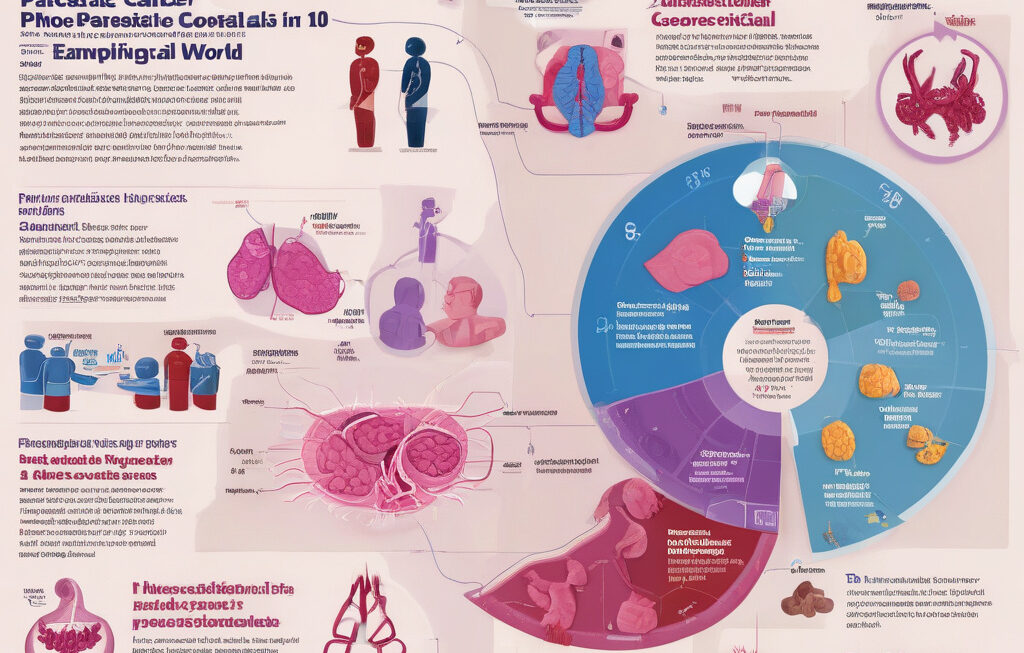Exploring Sustainable Solutions: Promising Advances in PFAS Treatment Technologies
A new review has shed light on cutting-edge PFAS (Per- and polyfluoroalkyl substances) treatment technologies, showcasing promising advances in addressing the challenges posed by these persistent environmental contaminants. PFAS, also known as “forever chemicals” due to their resistance to breaking down in the environment, have been a growing concern globally due to their widespread use in various industrial and consumer products and their potential health risks.
The review, featured in Innovation News Network, delves into the innovative approaches and sustainable solutions that researchers and scientists are developing to combat PFAS contamination effectively. One of the key highlights of the review is the emphasis on the urgent need for efficient and cost-effective treatment technologies to remediate PFAS-contaminated sites and prevent further environmental and human health risks.
One of the most promising technologies highlighted in the review is advanced oxidation processes (AOPs), which have shown great potential in breaking down PFAS compounds into less harmful byproducts. AOPs utilize processes such as ozonation, UV irradiation, and electrochemical oxidation to degrade PFAS molecules effectively, offering a sustainable solution for remediation efforts.
Another innovative approach discussed in the review is the use of activated carbon-based materials for PFAS removal. Activated carbon has long been recognized for its ability to adsorb contaminants, and recent advancements in developing tailored activated carbon materials have shown promising results in capturing PFAS from contaminated water sources.
Furthermore, the review underscores the importance of exploring emerging technologies such as membrane filtration, ion exchange resins, and biological treatment methods for PFAS remediation. These technologies offer diverse treatment options that can be customized based on the specific characteristics of the contamination site and the types of PFAS compounds present.
In addition to technological advancements, the review also emphasizes the significance of regulatory measures and policy interventions to address PFAS contamination comprehensively. By setting stringent standards for PFAS monitoring and remediation, policymakers can drive industry compliance and promote the adoption of sustainable treatment technologies.
Overall, the review serves as a significant resource for stakeholders involved in environmental remediation, water treatment, and public health, providing valuable insights into the latest developments in PFAS treatment technologies. As the global awareness of PFAS contamination continues to grow, investing in research and innovation is crucial to developing effective strategies for mitigating the impact of these persistent pollutants on the environment and human health.
In conclusion, the review highlights the ongoing efforts and promising advances in PFAS treatment technologies, offering hope for a sustainable future free from the harmful effects of ‘forever chemicals.’
#PFAS, #TreatmentTechnologies, #SustainableSolutions, #EnvironmentalRemediation, #InnovationNewsNetwork












